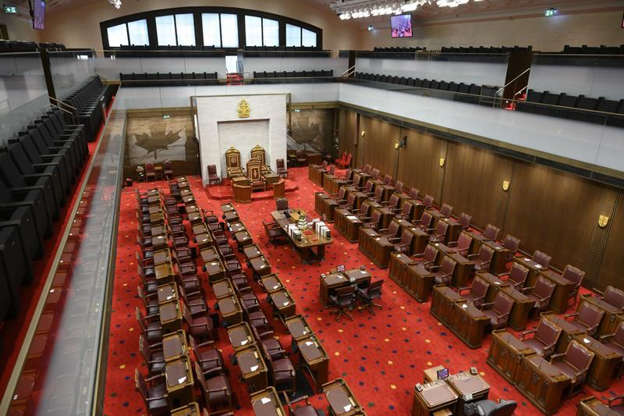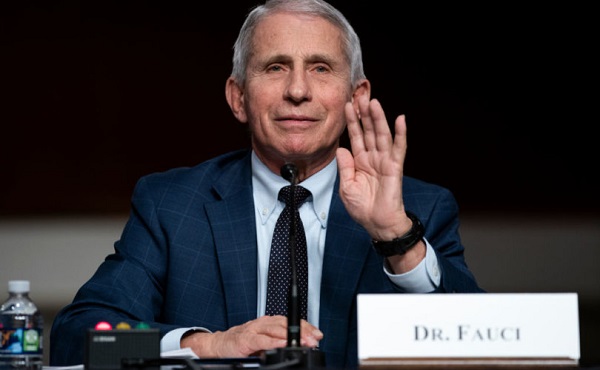Artificial Intelligence
US House report exposes Biden admin push to use AI for censorship of ‘misinformation’

From LifeSiteNews
In a recent report the U.S. House Subcommittee on the Weaponization of the Federal Government included proposed steps to ensure that future federal governments are not using AI for censorship, such as new legislation and decentralized development.
For a while now, emerging AI has been treated by the Biden-Harris administration, but also the EU, the UK, Canada, the UN, etc., as a scourge that powers dangerous forms of “disinformation” – and should be dealt with accordingly.
According to those governments/entities, the only “positive use” for AI as far as social media and online discourse go, would be to power more effective censorship (“moderation”).
A new report from the U.S. House Judiciary Committee and its Select Subcommittee on the Weaponization of the Federal Government puts the emphasis on the push to use this technology for censorship as the explanation for the often disproportionate alarm over its role in “disinformation.”
We obtained a copy of the report for you here.
The interim report’s name spells out its authors’ views on this quite clearly: the document is called, “Censorship’s Next Frontier: The Federal Government’s Attempt to Control Artificial Intelligence to Suppress Free Speech.”
The report’s main premise is well-known – that AI is now being funded, developed, and used by the government and third parties to add speed and scale to their censorship, and that the outgoing administration has been putting pressure on AI developers to build censorship into their models.
What’s new are the proposed steps to remedy this situation and make sure that future federal governments are not using AI for censorship. To this end, the Committee wants to see new legislation passed in Congress, AI development that respects the First Amendment and is open, decentralized, and “pro-freedom.”
The report recommends legislation along four principles, focused on preserving American’s right to free speech. The first is that the government cannot be involved when decisions are made in private algorithms or datasets regarding “misinformation” or “bias.”
The government should also be prohibited from funding censorship-related research or collaboration with foreign entities on AI regulation that leads to censorship.
Lastly, “[a]void needless AI regulation that gives the government coercive leverage,” the document recommends.
The Committee notes the current state of affairs where the Biden-Harris administration made a number of direct moves to regulate the space to its political satisfaction via executive orders, but also by pushing its policy through by giving out grants via the National Science Foundation, once again, aimed at building AI tools that “combat misinformation.”
But “[i]f allowed to develop in a free and open manner, AI could dramatically expand Americans’ capacity to create knowledge and express themselves,” the report states.
Reprinted with permission from Reclaim The Net.
Artificial Intelligence
Apple faces proposed class action over its lag in Apple Intelligence
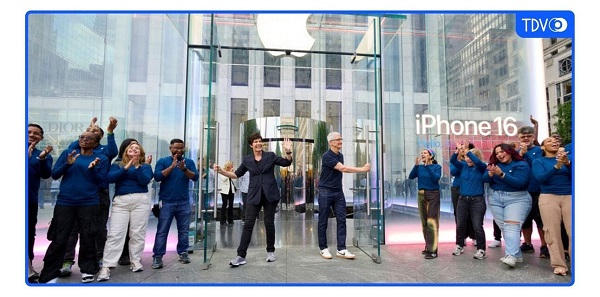
News release from The Deep View
| Apple, already moving slowly out of the gate on generative AI, has been dealing with a number of roadblocks and mounting delays in its effort to bring a truly AI-enabled Siri to market. The problem, or, one of the problems, is that Apple used these same AI features to heavily promote its latest iPhone, which, as it says on its website, was “built for Apple Intelligence.” |
| Now, the tech giant has been accused of false advertising in a proposed class action lawsuit that argues that Apple’s “pervasive” marketing campaign was “built on a lie.” |
| The details: Apple has — if reluctantly — acknowledged delays on a more advanced Siri, pulling one of the ads that demonstrated the product and adding a disclaimer to its iPhone 16 product page that the feature is “in development and will be available with a future software update.” |
|
| Apple did not respond to a request for comment. |
| The lawsuit was first reported by Axios, and can be read here. |
| This all comes amid an executive shuffling that just took place over at Apple HQ, which put Vision Pro creator Mike Rockwell in charge of the Siri overhaul, according to Bloomberg. |
| Still, shares of Apple rallied to close the day up around 2%, though the stock is still down 12% for the year. |
Artificial Intelligence
Apple bets big on Trump economy with historic $500 billion U.S. investment
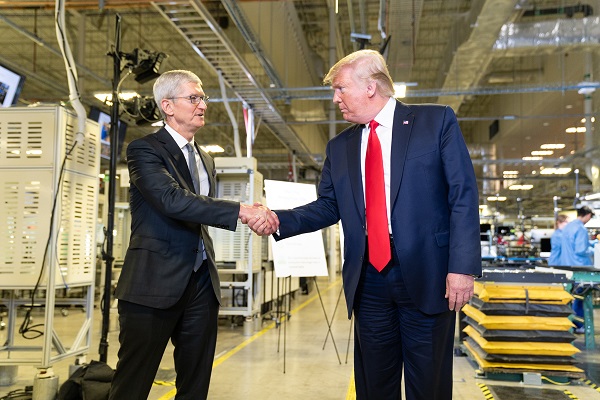
Diving Deeper:
Apple’s unprecedented $500 billion investment marks what the company calls “an extraordinary new chapter in the history of American innovation.” The tech giant plans to establish an advanced AI server manufacturing facility near Houston and significantly expand research and development across several key states, including Michigan, Texas, California, and Arizona.
Apple CEO Tim Cook highlighted the company’s confidence in the U.S. economy, stating, “We’re proud to build on our long-standing U.S. investments with this $500 billion commitment to our country’s future.” He noted that the expansion of Apple’s Advanced Manufacturing Fund and investments in cutting-edge technology will further solidify the company’s role in American innovation.
President Trump was quick to highlight Apple’s announcement as a testament to his administration’s economic policies. In a Truth Social post Monday morning, he wrote:
“APPLE HAS JUST ANNOUNCED A RECORD 500 BILLION DOLLAR INVESTMENT IN THE UNITED STATES OF AMERICA. THE REASON, FAITH IN WHAT WE ARE DOING, WITHOUT WHICH, THEY WOULDN’T BE INVESTING TEN CENTS. THANK YOU TIM COOK AND APPLE!!!”
Trump previously hinted at the investment during a White House meeting Friday, revealing that Cook had committed to investing “hundreds of billions of dollars” in the U.S. economy. “That’s what he told me. Now he has to do it,” Trump quipped.
Apple’s expansion will include 20,000 new jobs, with a strong focus on artificial intelligence, silicon engineering, and machine learning. The company also aims to support workforce development through training programs and partnerships with educational institutions.
With Apple’s announcement, the U.S. economy stands to benefit from a major influx of investment into high-tech manufacturing and innovation—further underscoring the tech industry’s continued growth under Trump’s economic agenda.
-

 International2 days ago
International2 days agoPope Francis has died aged 88
-

 International2 days ago
International2 days agoJD Vance was one of the last people to meet Pope Francis
-

 2025 Federal Election1 day ago
2025 Federal Election1 day agoOttawa Confirms China interfering with 2025 federal election: Beijing Seeks to Block Joe Tay’s Election
-

 2025 Federal Election15 hours ago
2025 Federal Election15 hours agoBREAKING: THE FEDERAL BRIEF THAT SHOULD SINK CARNEY
-

 International2 days ago
International2 days agoPope Francis Dies on Day after Easter
-

 COVID-191 day ago
COVID-191 day agoNearly Half of “COVID-19 Deaths” Were Not Due to COVID-19 – Scientific Reports Journal
-
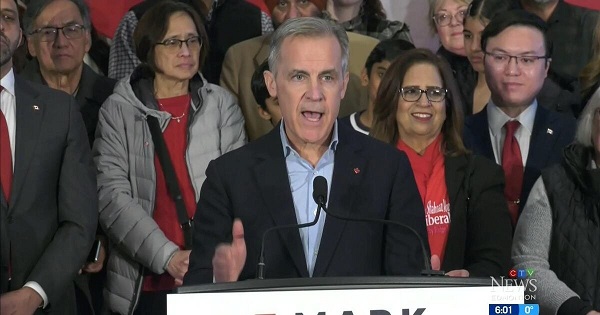
 2025 Federal Election1 day ago
2025 Federal Election1 day agoHow Canada’s Mainstream Media Lost the Public Trust
-

 Business2 days ago
Business2 days agoCanada Urgently Needs A Watchdog For Government Waste

